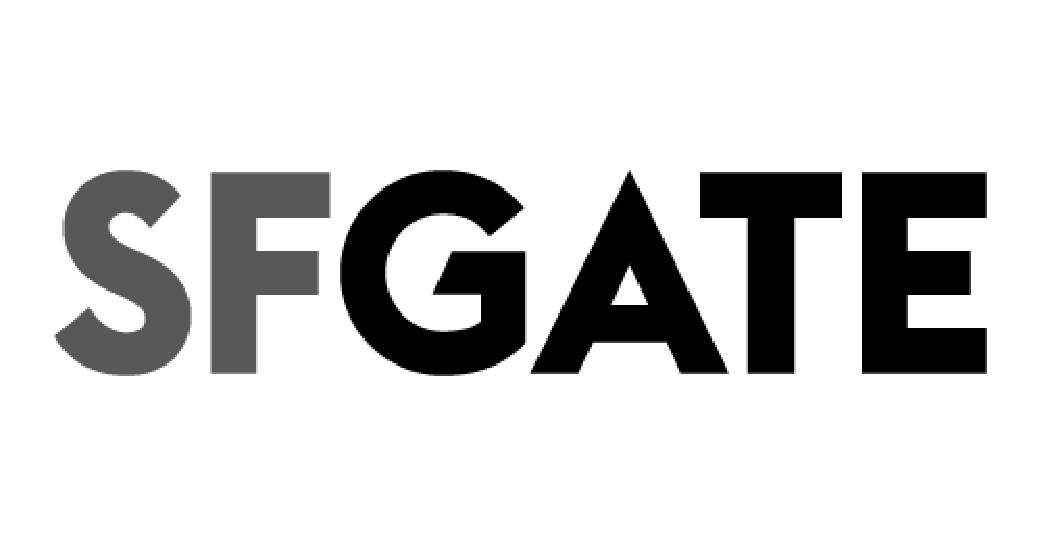FREE CONSULTATIONS:
415.925.5161
Workplace Defamation – A Basic Overview
Since many terminated and current employees ask about it, I thought I might dive into the treacherous waters of defamation in the workplace. Defamatory conduct in the workplace may occur, for example, when a discharged employee is removed from an employer’s premises by security personnel, creating the false impression that the employee had committed a crime. Other times, a terminated employee may find out that a former employer is making, what the employee feels, are false statements about how the employment relationship ended or how the employee performed.
Let’s start with some basics – defamation is the unprivileged publication of a false statement tending to harm the reputation of another person. The elements necessary to prove defamation are:
- First, the content of the communication must be false, must contain an assertion of fact, not an opinion; and must reasonably be understood as negative.
- Second, the communication must be “published” which essentially means that the statement was: (a) written (libel) or spoken (slander), (b) by the employer or its agent(s), (c) to at least one other person (not the plaintiff), and (d) the recipient understood the statement.
Publication occurs when a statement is communicated to any person other than the party defamed. Publication may occur when one supervisor makes a false statement about the employee to another supervisor (e.g., a statement made by an employee’s former supervisor to his current supervisor that plaintiff had “misused company funds” was found to satisfy the publication requirement.)
- Third, the employee must show that the statement or conduct referred to him or herself. There is no requirement that the statement refer to the person by name. A statement “refers” to an employee even if the recipient of the communication mistakenly, but reasonably, understands that the statement was intended to refer to the defamed party.
- Fourth, intent or “malice” may be required to overcome many of the qualified privileges granted to employers.
- Finally, the employee must prove that injury occurred because of the communication. Since defamation involves injury to reputation, the employee must show that actual damage has occurred to the esteem that the employee enjoys in his or her community. The one exception is defamation per se where no special damages need be proved.
Asserting and winning a defamation claim from conduct related to the workplace can be quite difficult given numerous privileges and qualifications.
Read more
Employee Sues San Francisco Hedge Fund for Misogynistic Workplace Culture
Intense and competitive work environments are often hallmarks of hedge funds. There may also be a lack of formal hierarchy with fewer checks and balances to prevent workplace misconduct. Without proper oversight,…
Addressing the Gender Gap: Ongoing Challenges for Women and Legal Remedies in the Workplace
The landscape of job opportunities for American women has undergone significant changes over the past several decades. From increased workforce participation to greater representation in high-paying positions, women have made notable strides….
Former Senior Director Sues Salesforce for Wrongful Termination During Health Crisis
Tech companies are often in the news over allegations of discrimination, harassment, and other workplace misconduct brought forward by their employees. The latest employer to be named in a lawsuit is Salesforce….
Former Twitter Security Chief Sues X for Wrongful Termination and Retaliation
When large companies prioritize profits above all else, worker rights often fall by the wayside. A recent lawsuit centers on an employee’s alleged wrongful termination amid employer decisions driven by financial motives….
SEEN ON









